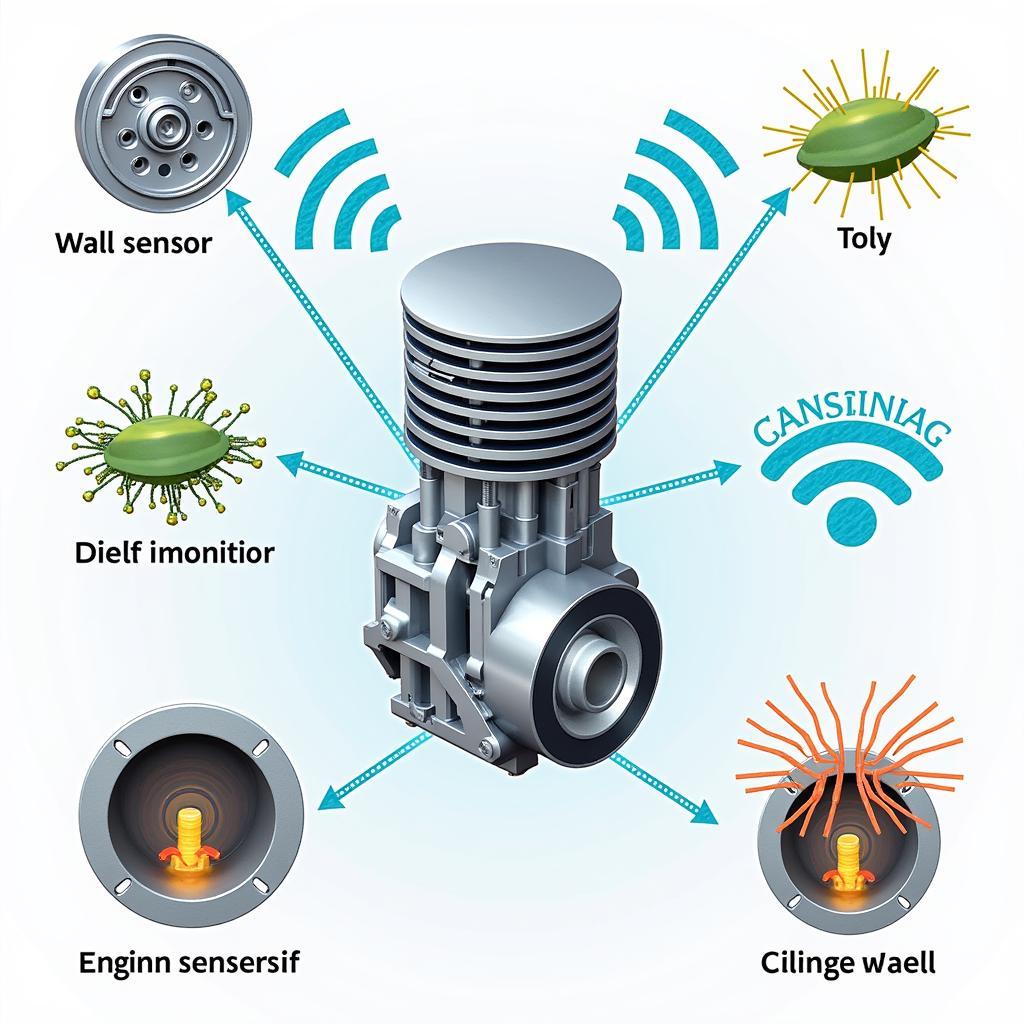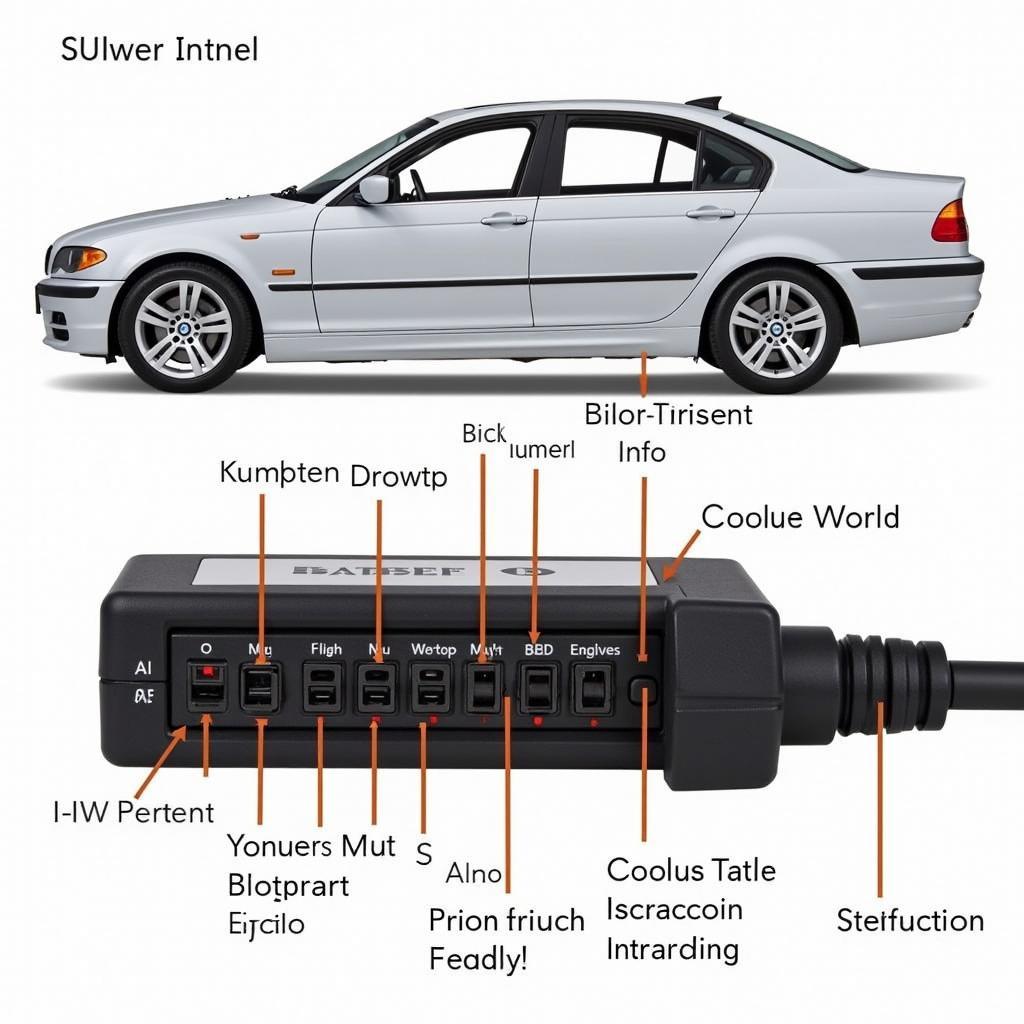Nanotechnology is revolutionizing various sectors, and the automotive industry is no exception. From enhancing diagnostics to developing advanced therapeutics for vehicle components, nanotechnology offers exciting possibilities for improving vehicle performance, longevity, and safety. This emerging field holds the potential to transform how we maintain and repair vehicles, ushering in a new era of precision and efficiency.
How Nanotechnology Improves Automotive Diagnostics
Nanotechnology-based sensors offer unprecedented levels of sensitivity and accuracy, allowing for earlier and more precise detection of potential issues. Imagine sensors small enough to penetrate the tiniest crevices of an engine, detecting wear and tear at the microscopic level before it manifests as a noticeable problem. These nanosensors can monitor various parameters, such as temperature, pressure, vibration, and even the chemical composition of fluids, providing real-time data that can be analyzed to predict potential failures and optimize maintenance schedules.
 Nanosensors Detecting Engine Wear
Nanosensors Detecting Engine Wear
For example, nanosensors embedded in tires can detect minute changes in pressure and temperature, alerting the driver to potential punctures or other tire-related problems long before they become critical. This not only enhances safety but also helps to optimize tire lifespan and fuel efficiency. Similarly, nanosensors in the fuel system can detect contaminants and impurities, ensuring optimal engine performance and preventing damage to sensitive components.
Early Detection of Corrosion and Wear
One of the most promising applications of nanotechnology in automotive diagnostics is the early detection of corrosion and wear. Nanosensors can be designed to detect the initial stages of corrosion, allowing for timely intervention and preventing further damage. This is particularly valuable in areas prone to rust and corrosion, such as the undercarriage and exhaust system.
Furthermore, nanosensors can monitor the wear and tear of moving parts, such as bearings and gears, providing valuable insights into their remaining lifespan. This allows for proactive maintenance, replacing parts before they fail and preventing costly breakdowns.
Nanotechnology: The Future of Automotive Therapeutics
Beyond diagnostics, nanotechnology is also paving the way for innovative therapeutic solutions in the automotive industry. Nano-based lubricants and coatings offer superior performance and durability compared to traditional materials. These advanced materials can reduce friction, enhance wear resistance, and protect against corrosion, extending the life of critical components and improving overall vehicle efficiency.
Self-Healing Materials
Perhaps the most exciting development in nanotechnology for automotive therapeutics is the emergence of self-healing materials. Imagine a car that can repair minor scratches and dents on its own, or an engine that can automatically seal small cracks and leaks. This is the promise of self-healing materials, which incorporate nano-sized capsules filled with healing agents. When the material is damaged, these capsules rupture, releasing the healing agent and repairing the damage automatically. This technology has the potential to significantly reduce maintenance costs and downtime, and increase the lifespan of vehicles.
“The use of nanotechnology in self-healing materials is a game-changer,” says Dr. Alan Davis, a leading researcher in nanomaterials. “It’s like giving the car its own immune system, enabling it to repair itself and extend its lifespan significantly.”
Nanotechnology: Emerging Tool for Diagnostics and Therapeutics – A Summary
The convergence of nanotechnology with automotive diagnostics and therapeutics offers tremendous potential for enhancing vehicle performance, reliability, and longevity. From early detection of potential problems to self-healing materials, nanotechnology is revolutionizing how we maintain and repair our vehicles. As research and development in this field continue to advance, we can expect to see even more innovative applications of nanotechnology in the automotive industry in the years to come.
We encourage you to connect with us at ScanToolUS for further assistance and support. Contact us at +1 (641) 206-8880 or visit our office at 1615 S Laramie Ave, Cicero, IL 60804, USA.
 Mechanic Using Nanotech Diagnostic Tool
Mechanic Using Nanotech Diagnostic Tool
“Nanotechnology is not just a buzzword anymore,” adds Dr. Emily Carter, a prominent nanotechnology expert. “It’s a real and practical solution that is already making a significant impact on the automotive industry.”
FAQ
-
What are nanosensors? Nanosensors are microscopic devices designed to detect and respond to physical, chemical, or biological stimuli at the nanoscale.
-
How can nanotechnology improve fuel efficiency? Nano-lubricants and coatings can reduce friction within the engine, improving fuel efficiency.
-
Are self-healing materials available for cars today? While still largely in the research and development phase, some applications of self-healing materials are starting to appear in the automotive industry.
-
How expensive is nanotechnology for car repairs? The cost of nanotechnology-based repairs can vary depending on the specific application. However, the long-term benefits, such as extended lifespan and reduced maintenance costs, can often outweigh the initial investment.
-
What is the future of nanotechnology in the automotive industry? The future is bright for nanotechnology in the automotive sector, with ongoing research exploring even more innovative applications for diagnostics, therapeutics, and overall vehicle enhancement.
-
Where can I learn more about nanotechnology in cars? Numerous resources are available online and in academic publications. You can also connect with experts in the field for more information.
-
How does nanotechnology impact car safety? Nanosensors enable early detection of potential issues, leading to preventative maintenance and increased safety on the road.


